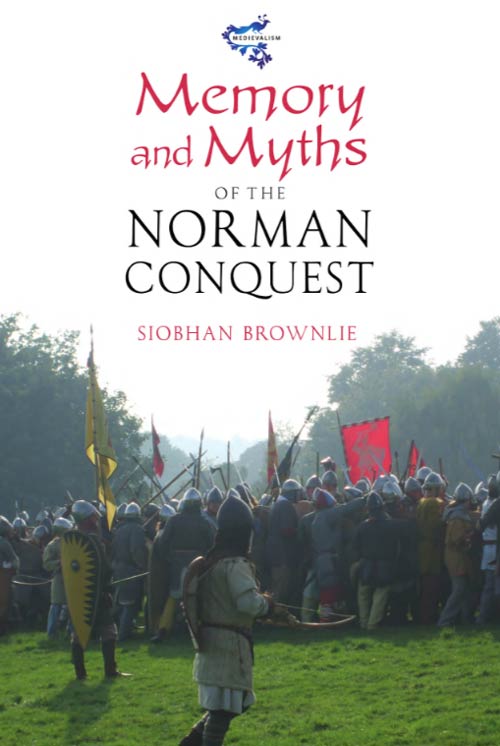Translation and memory
Memory and language are intimately bound together, for not only is language a memorial phenomenon passed down through generations, but cultural memory is embedded in language and in linguistic products.

Translation is potentially a difficult enterprise due to the lack of memory shared with the target culture.
Translation can also act as a fruitful means for propagating memorial knowledge across linguistic and cultural borders.
There are many types of memory relevant to translation:
- personal memory,
- computer memory,
- textual memory (the way one text embeds the memory of an earlier text),
- institutional memory,
- national memory,
- transnational memory.
As compared with the strong interest in memory in academia elsewhere, Translation Studies is just beginning to engage with Memory Studies.
Doctoral candidates who wish to work in any area of the intersection of memory and translation are welcome.
PhD projects
- Farah Abou Bakr (2014) The Folktale as a Site of Framing Palestinian National and Cultural Identity: Speak, Bird, Speak Again, Qul Ya Tayr, and Arab Folktales from Palestine and Israel
- Eman Almutairi: Translating Dialect in Literary Texts with Particular Reference to Arabic Regional Dialects
Selected publications
- Brownlie, Siobhan (2015) ‘Katherine Mansfield, Memory and Translation’, Translation: A Transdisciplinary Journal.
- Brownlie, Siobhan (2013) Memory and Myths of the Norman Conquest, Woodbridge, Suffolk: Boydell & Brewer.
- Brownlie, Siobhan (2013) 'Translation and the (De)construction of Memory in a Network of Great Historical Documents',Translation Studies 6(1): 48-63.
- Brownlie, Siobhan (2011) 'History, Memory and Translation: The Case of Hachette Jeunesse’s Ivanhoé, Palimpsestes 24: 23-40.
- Brownlie, Siobhan (2006) 'Narrative Theory and Retranslation Theory', Across Languages and Cultures 7(2): 145-170.
